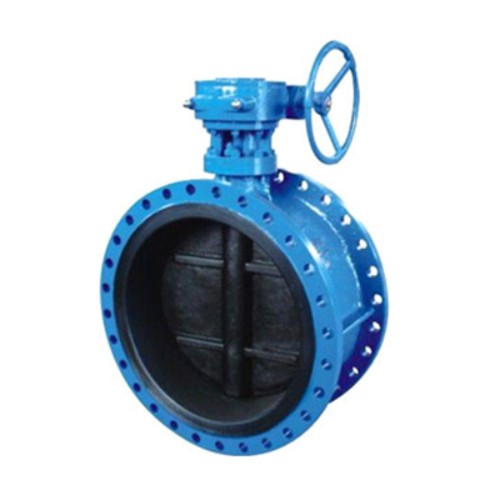metal seated butterfly valve
Understanding Metal-Seated Butterfly Valves A Comprehensive Overview
Metal-seated butterfly valves are crucial components used in various industries for controlling fluid flow. Unlike traditional butterfly valves that often utilize elastomeric or plastic seats, metal-seated versions offer enhanced durability and longevity, making them ideal for severe service applications. This article delves into the characteristics, benefits, applications, and considerations associated with metal-seated butterfly valves.
Characteristics of Metal-Seated Butterfly Valves
Metal-seated butterfly valves are designed with hard metal seats that provide superior resistance to wear, corrosion, and high temperatures. Typically constructed from high-quality materials such as stainless steel, these valves feature a robust design that can handle challenging environments, including those with abrasive or highly viscous fluids. The metal seats ensure a secure seal when the valve is closed, preventing any leakage and maintaining system integrity.
One of the distinct features of these valves is their streamlined design, which minimizes flow resistance and allows for efficient fluid control. Additionally, metal-seated butterfly valves can incorporate a variety of actuators, such as electric, pneumatic, or manual, offering flexibility in operation and control.
Benefits of Metal-Seated Butterfly Valves
1. Durability and Longevity The most significant advantage of metal-seated butterfly valves is their extraordinary durability. Unlike traditional valves, which may degrade over time due to erosion or chemical exposure, metal-seated variants can withstand extreme conditions, significantly extending their service life.
2. High-Temperature and Pressure Tolerance Metal-seated butterfly valves are particularly useful in high-temperature and high-pressure applications. They maintain reliable performance even in harsh environments, making them suited for industries such as oil and gas, power generation, and chemical processing.
3. Low Maintenance Due to their robust construction, metal-seated valves typically require less maintenance compared to their softer seated counterparts. This not only reduces downtime but also lowers the overall maintenance costs for facilities utilizing these valves.
4. Versatility These valves can handle various media, including gases, liquids, and slurries. Their adaptability makes them suitable for a wide range of applications across multiple industries, from water treatment to pharmaceuticals.
Applications
Metal-seated butterfly valves are employed in numerous applications, primarily where reliability and performance are paramount
. Some common industries that utilize these valves includemetal seated butterfly valve

- Oil and Gas In the extraction and refinement processes, metal-seated butterfly valves can manage the flow of crude oil and natural gas under extreme conditions.
- Power Generation Power plants deploy these valves for cooling water systems, steam isolation, and fuel handling applications, where consistent performance is critical.
- Chemical Processing The ability to withstand corrosive substances makes metal-seated valves a go-to choice in chemical manufacturing and processing facilities.
- Water and Wastewater Treatment In municipal and industrial water treatment plants, these valves help regulate water flow and manage system reliability.
Considerations When Selecting Metal-Seated Butterfly Valves
When choosing metal-seated butterfly valves, several factors should be considered
1. Material Compatibility Ensure that the valve material is compatible with the media being handled. Factors such as temperature, pressure, and chemical composition must be assessed.
2. Design Specifications Evaluate the valve design based on the specific application requirements. Consideration should be given to factors such as size, pressure rating, and type of actuation.
3. Operating Environment Identify the environmental conditions where the valve will be used, including temperature extremes and potential exposure to corrosive materials.
4. Standards and Certifications Ensure that the chosen valve meets relevant industry standards and certifications, guaranteeing safety and reliability.
Conclusion
Metal-seated butterfly valves represent a robust solution for fluid control across various industries. Their exceptional durability, low maintenance needs, and ability to cope with harsh operational conditions make them an indispensable component in modern infrastructure. As industries continue to evolve, the demand for reliable and efficient flow control solutions will ensure that metal-seated butterfly valves remain at the forefront of engineering innovation.
-
3-types-of-check-valves-maintenance-tipsNewsAug.23,2025
-
ball-valves-types-with-trunnion-mounted-designNewsAug.23,2025
-
butterfly-valve-company-production-capabilitiesNewsAug.23,2025
-
fisher-globe-valve-technical-specificationsNewsAug.23,2025
-
types-of-gaskets-for-flanges-selection-guideNewsAug.23,2025
-
wedge-gate-valve-suppliers-quality-standardsNewsAug.23,2025
-
Breakthrough in Domestic Low Temperature Valve Technology in ChinaNewsAug.18,2025




